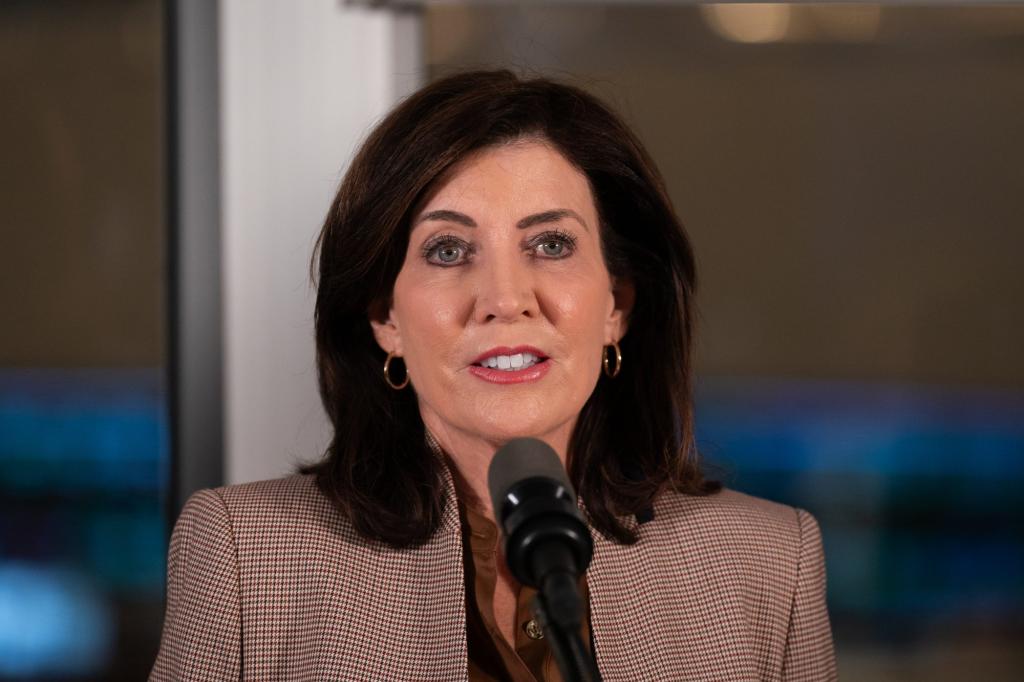Governor Hochul has proposed to increase public-school funding by $825 million next year, but her budget would stop guaranteeing districts won’t get less funding than the year before, even if they are serving fewer students. This decision has caused anger among school districts and the teachers union, as it questions why money is being allocated for students who are no longer in attendance. Enrollment in New York’s public schools has been declining, with a drop of 180,000 students from 2002 to 2020, and an additional 160,000 students lost during the COVID-19 pandemic. Given these circumstances, it makes sense to stop providing funding for students who are no longer in attendance.
Recent research by the Reason Foundation raises concerns about how effectively public schools in New York utilize their taxpayer funding. Between 2002 and 2020, New York led the nation in inflation-adjusted public-school spending, increasing from $18,054 to $30,723 per student. Despite losing over 6% of students during this time period, the state’s public schools added thousands of new staff. A significant portion of taxpayer money is now being directed towards employee benefits, with New York’s education-benefit spending growing by 141% from 2002 to 2020, costing the equivalent of $7,000 per student. Unfortunately, despite this level of spending, the state’s National Assessment of Educational Progress test scores have shown little improvement and remain in the bottom half of states.
In comparison to New York, Florida offers a contrasting model of public-school funding and results. Florida ranks significantly lower in spending growth compared to New York but has seen impressive results, ranking in the top 10 for student improvement in all four NAEP exams. Florida’s public schools function within a competitive market, where parents have the option to choose from various school-choice programs. Nearly half of all K-12 students in Florida participate in some form of school choice, allowing them to transfer to charter schools or enroll in private schools. In contrast, New York lacks a private school-choice program and has restrictive laws regarding open enrollment and charter schools.
Despite the decrease in enrollment in recent years, Governor Hochul’s plan would still increase overall state education funding by $825 million. However, the outcomes in New York’s public schools have not reflected the significant amount of funding directed towards them. The lack of progress in test scores and student performance raises questions about the effectiveness of public-school funding in producing positive results. Ultimately, the focus should be on how dollars are spent rather than the amount of funding allocated, as evidenced by the disparity in outcomes between New York and Florida. It is crucial to reassess the allocation and utilization of public-school funding to ensure that students and parents receive the quality education they deserve.


